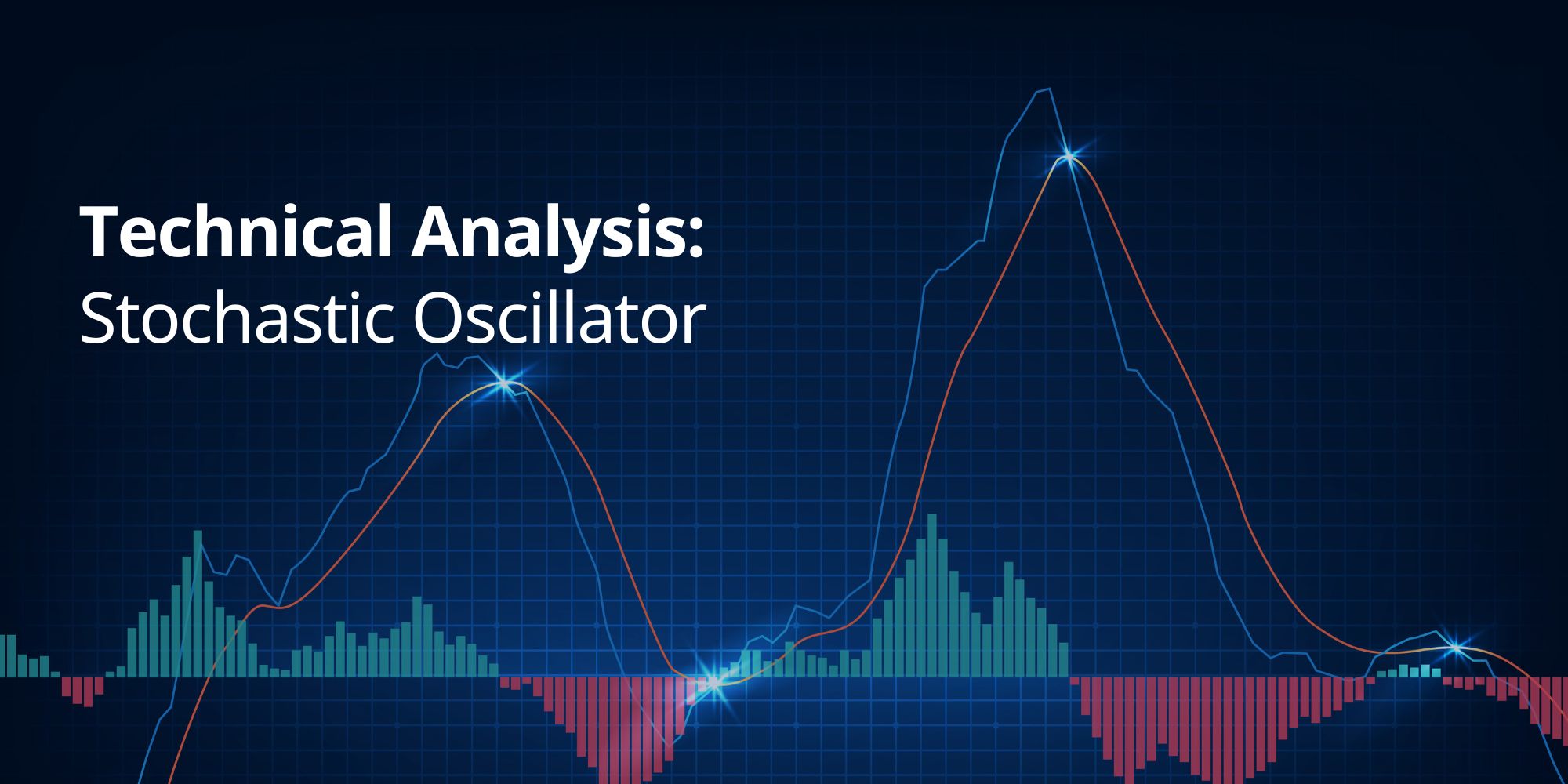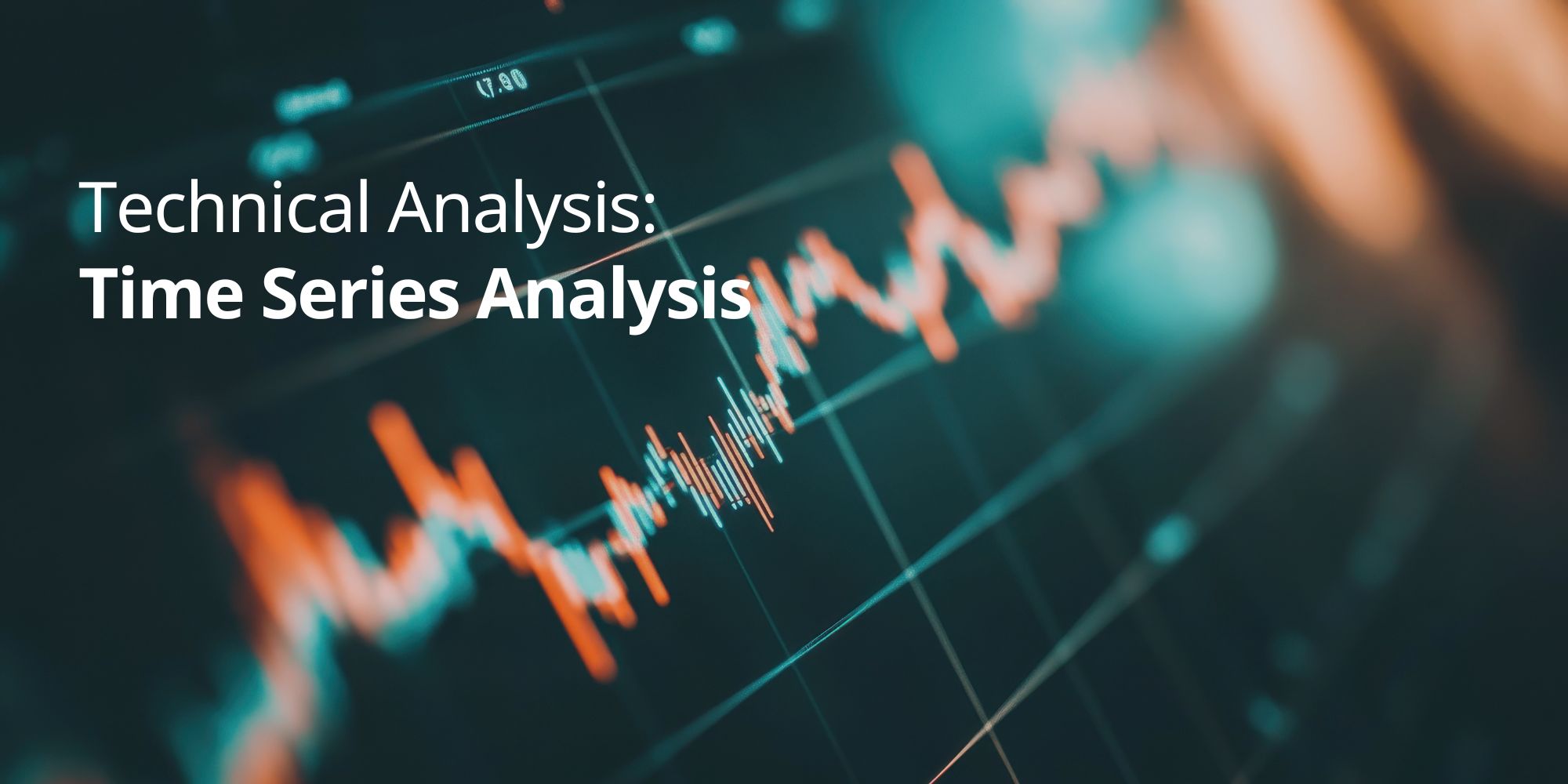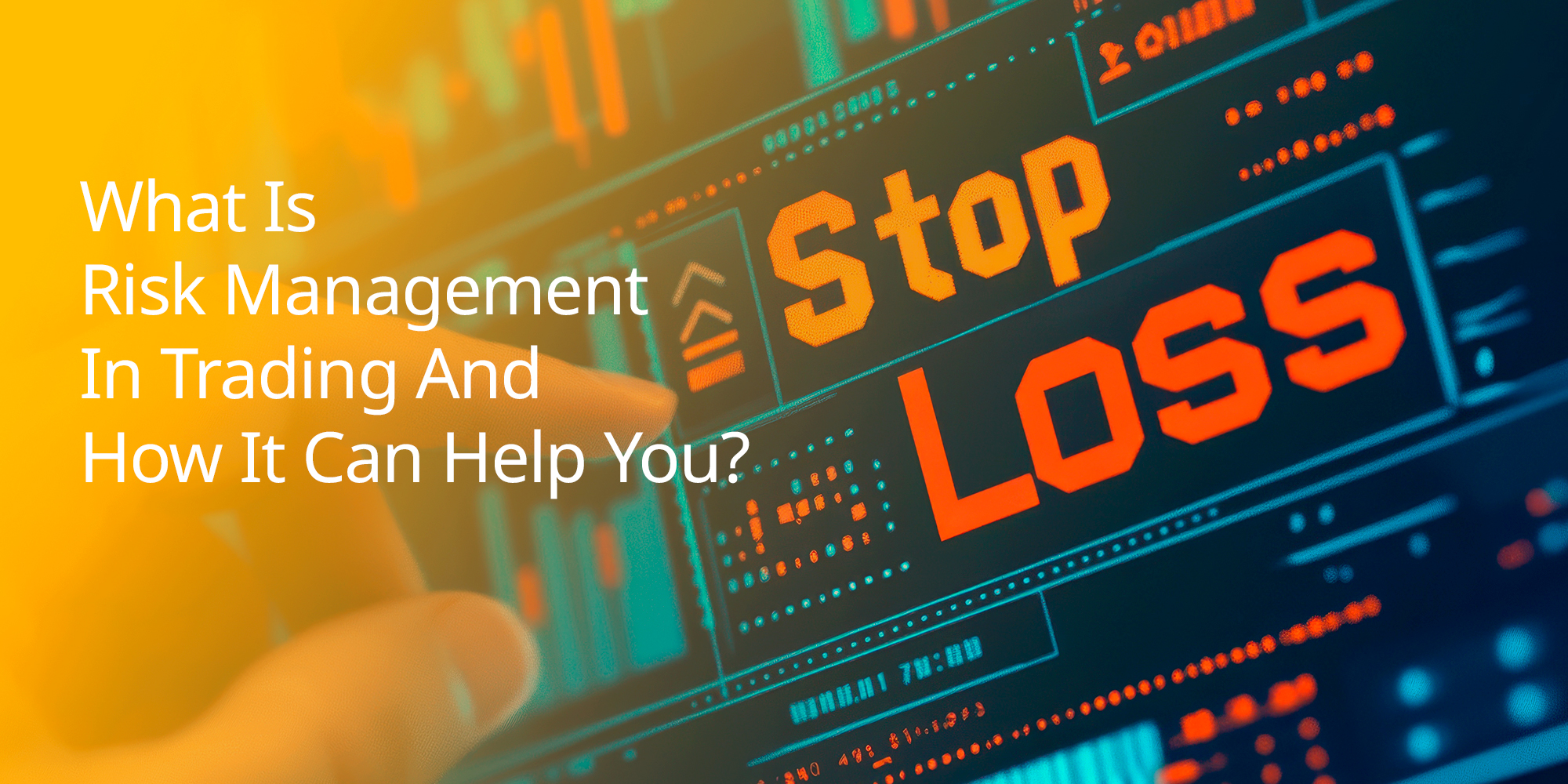Introduction
Want to identify overbought and oversold conditions, spot potential reversals, and make more informed trading decisions? The Stochastic Oscillator is a valuable tool that can help. This momentum indicator compares a security’s closing price to its price range over a given period, providing insights into potential turning points in the market.
In this comprehensive guide, we’ll explore the Stochastic Oscillator in detail, covering its definition, calculation, interpretation, and practical applications in trading. Learn how to use this versatile indicator to enhance your trading strategies and navigate the markets with confidence.
What is the Stochastic Oscillator?
The Stochastic Oscillator is a momentum indicator that compares a security’s closing price to its price range over a given period. It was developed by George Lane in the 1950s and has become a popular tool for traders to identify overbought and oversold conditions, as well as potential trend reversals.
Calculating the Stochastic Oscillator
The Stochastic Oscillator is calculated using two lines: %K and %D. The %K line is the main line and is calculated using the following formula:
%K = [(Current Close – Lowest Low) / (Highest High – Lowest Low)] * 100
Where:
- Current Close: The most recent closing price of the asset.
- Lowest Low: The lowest price of the asset over a specified lookback period (typically 14 periods).
- Highest High: The highest price of the asset over the same lookback period.
Steps to Calculate the Stochastic Oscillator:
- Choose a Lookback Period: Decide on the number of periods you want to look back (typically 14). This could be days, weeks, or any other timeframe.
- Gather Price Data: Obtain the current closing price, the highest high, and the lowest low over the lookback period.
- Calculate %K: Plug the values into the formula above to calculate the %K value.
- Calculate %D: The %D line is a moving average of the %K line, typically a 3-period simple moving average.
Example:
Let’s say you want to calculate the Stochastic Oscillator for a stock using a 14-day lookback period.
- Current closing price: $50
- Highest high over the past 14 days: $55
- Lowest low over the past 14 days: $45
%K = [($50 – $45) / ($55 – $45)] * 100 = 50
Plexytrade provides access to the Stochastic Oscillator and a wide range of other technical indicators on its advanced trading platforms. Our educational resources and market insights can help you learn how to use these tools effectively and enhance your trading strategies.
Advantages of the Stochastic Oscillator
Here are some of Stochastic Oscillator’s key advantages:
- Comprehensive Signals: The Stochastic Oscillator provides a range of signals that can help traders identify potential trading opportunities. These include overbought and oversold conditions, crossovers of the %K and %D lines, and divergences with price action.
- Easy to Interpret: The Stochastic Oscillator is relatively easy to understand and interpret. The indicator oscillates between 0 and 100, with readings above 80 generally considered overbought and readings below 20 generally considered oversold.
- Versatile Applications: The Stochastic Oscillator can be applied to various financial instruments, including stocks, indices, commodities, and currencies. It’s a versatile tool that can be used in different trading strategies and across different timeframes.
- Effective in Identifying Potential Reversals: The Stochastic Oscillator can help traders identify potential trend reversals by spotting overbought and oversold conditions, as well as divergences between the oscillator and price action.
- Suitable for Different Timeframes: The Stochastic Oscillator can be used on various timeframes, from short-term charts (e.g., 1-minute, 5-minute) to longer-term charts (e.g., daily, weekly). This makes it a versatile tool for both day traders and swing traders.
Limitations of the Stochastic Oscillator
While the Stochastic Oscillator is a valuable technical indicator, it’s essential to be aware of its limitations:
- False Signals: Like any technical indicator, the Stochastic Oscillator can generate false signals, especially in volatile or choppy market conditions. This can lead to premature entries or exits if traders rely solely on the oscillator’s signals.
- Sensitivity to Volatility: The Stochastic Oscillator can be sensitive to short-term price fluctuations, which might not necessarily reflect a significant change in the underlying trend. This can lead to whipsaws or false signals if traders are not careful.
- Ineffective in Sideways Markets: The Stochastic Oscillator is a momentum indicator that works best in trending markets. In sideways or choppy markets, where the price is not making clear higher highs or lower lows, the oscillator can generate misleading signals.
- Not a Standalone Indicator: The Stochastic Oscillator is most effective when used in conjunction with other technical indicators and price action analysis. Relying solely on the oscillator can lead to misinterpretations of market conditions and potentially unprofitable trades.
Mitigating the Limitations
To overcome these limitations, traders can:
- Combine with Other Indicators: Use the Stochastic Oscillator in conjunction with other technical indicators, such as moving averages, trend lines, or momentum oscillators, to confirm signals and filter out false signals.
- Consider Market Context: Always interpret the Stochastic Oscillator’s signals in the context of the overall market environment. Consider factors such as news events, economic data releases, and the broader market trend when making trading decisions.
- Practice Risk Management: Use appropriate risk management techniques, such as stop-loss orders and position sizing, to limit potential losses.
Plexytrade encourages to use the Stochastic Oscillator as part of a comprehensive trading strategy. By understanding its limitations and combining it with other analytical tools, traders can make more informed decisions and improve their trading outcomes.
Using the Stochastic Oscillator in Trading
The Stochastic Oscillator is a versatile tool that can be applied in various trading scenarios. Here’s how traders can use it effectively:
1. Identify Overbought/Oversold Conditions
- Readings above 80: Suggest the price might be overbought and due for a pullback.
- Readings below 20: Suggest the price might be oversold and due for a bounce.
2. Identify Potential Divergences
Divergences between the Stochastic Oscillator and price action can signal potential trend reversals.
- Bullish Divergence: The price is making lower lows, but the oscillator is making higher lows. This suggests that buying pressure might be increasing despite the declining price, signaling a potential reversal to the upside.
- Bearish Divergence: The price is making higher highs, but the oscillator is making lower highs. This suggests that selling pressure might be increasing despite the rising price, signaling a potential reversal to the downside.
3. Generate Trading Signals
Crossovers of the %K line and the %D line can generate trading signals.
- Buy Signal: The %K line crosses above the %D line in oversold territory.
- Sell Signal: The %K line crosses below the %D line in overbought territory.
4. Confirm Trends
The Stochastic Oscillator can help confirm the strength of a trend.
- Oscillator in Overbought Territory During an Uptrend: Suggests strong momentum and potential for further price gains.
- Oscillator in Oversold Territory During a Downtrend: Suggests strong momentum and potential for further price declines.
5. Combine with Other Indicators
Use the Stochastic Oscillator in conjunction with other technical indicators to confirm signals and improve your trading decisions. For example, you might combine it with:
- Moving Averages: To confirm the direction of a trend.
- RSI: To confirm overbought/oversold conditions.
- MACD: To spot momentum shifts.
Types of Stochastic Oscillators
The Stochastic Oscillator comes in a few different variations, each with its own characteristics and applications:
- Fast Stochastic Oscillator: This is the original version of the Stochastic Oscillator, as developed by George Lane. It consists of the %K line and the %D line (a 3-period SMA of %K). The Fast Stochastic Oscillator is more sensitive to price changes and can generate more signals, but it can also be more prone to whipsaws or false signals.
- Slow Stochastic Oscillator: This version is a smoothed version of the Fast Stochastic Oscillator. The %D line of the Fast Stochastic Oscillator becomes the %K line of the Slow Stochastic Oscillator, and a new %D line is calculated as a 3-period SMA of the new %K line. The Slow Stochastic Oscillator is less sensitive to price changes and generates fewer signals, but it can be more reliable in filtering out noise.
- Full Stochastic Oscillator: This is a more customizable version of the Stochastic Oscillator. It allows traders to adjust the lookback period for the %K line and the smoothing period for the %D line. This allows traders to fine-tune the indicator to their specific needs and trading style.
Choosing the Right Stochastic Oscillator
The best type of Stochastic Oscillator for you will depend on your individual trading style and preferences.
- Fast Stochastic Oscillator: More suitable for traders who prefer a more sensitive indicator that generates more signals.
- Slow Stochastic Oscillator: More suitable for traders who prefer a smoother indicator that filters out noise and generates fewer false signals.
- Full Stochastic Oscillator: Offers more flexibility for traders who want to customize the indicator’s settings.
Plexytrade provides traders with access to all three types of Stochastic Oscillators on its advanced trading platforms. Our educational resources and market insights can help you learn how to use these tools effectively and enhance your trading strategies.
Conclusion
The Stochastic Oscillator is a valuable tool that can provide traders with insights into market momentum and potential turning points. By understanding how to interpret its signals and combine it with other technical indicators, you can enhance your trading decisions and improve your chances of success.
Plexytrade equips you with the resources you need to effectively utilize the Stochastic Oscillator in your trading. Our advanced trading platforms, educational materials, and market insights empower you to:
- Analyze the Stochastic Oscillator and interpret its signals.
- Identify overbought and oversold conditions.
- Confirm trends and anticipate potential price movements.
- Combine the Stochastic Oscillator with other indicators for a comprehensive view of the market.
Ready to enhance your trading skills? Sign up with Plexytrade.com today and unlock the power of the Stochastic Oscillator.














